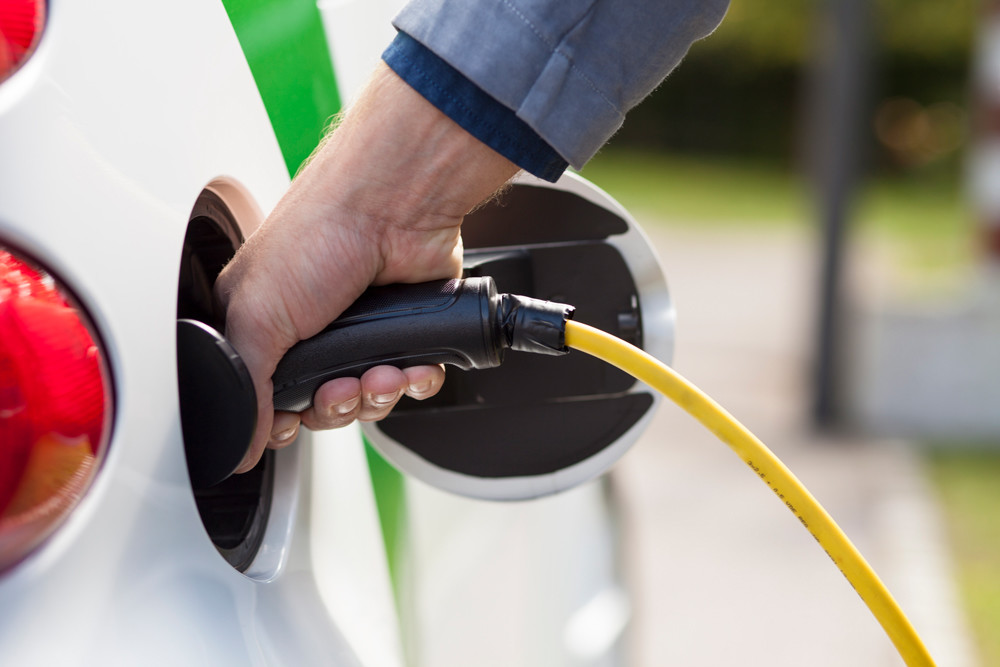Electric Vehicle-Ready Homes

Drivers across the U.S. are starting to refuel at the outlet instead of the gas pump. As electric vehicle (EV) growth continues, studies are finding that the majority of drivers are plugging in at home to charge.
“EV-ready homes” is a term to describe a home that provides safe access to a dedicated power supply for charging at a Level 2 station. Level 2 charging generally uses a 240-volt outlet/NEMA 6-50 receptacle and delivers 10 to 20 miles per hour, whereas Level 1 charging uses a standard 120-volt outlet and delivers 3 to 5 miles per hour. EV-ready homes come with benefits to both homeowners and builders. For homeowners, they save time and money. Making a home EV ready is simple during initial construction, but postconstruction upgrades can be expensive. Additionally, residents will have an easier time purchasing an EV knowing they have a convenient and fast place to charge.
Builders see another set of perks. Constructing EV-ready homes adds little to costs, differentiates them from competition, increases home value and attractiveness to buyers, demonstrates a commitment to the environment and shows support for consumer choices.
| LEVEL 1 CHARGING | LEVEL 2 CHARGING | |
|---|---|---|
| VOLTAGE | 120V1-phase AC | 208-240V1-phase AC |
| AMPS | 12-16 | <80 (typically 30) |
| CHARGING LOAD | 1.4-1.9 kW | 2.5-19.2kW (typically 6.6kW) |
| CHARGING TIME | 3-5 miles per hours of charging | 10-20 miles per hour of charging |
To get the most out of a home charging setup, there are a few items to consider. For example, when locating the charging outlet, it is important to choose a place near a frequent parking spot, such as in a garage or carport/driveway. If available, garages offer the simplest installation, limit exposure to the elements and prevent unwanted access. No matter where the outlet is placed, though, make sure there is available space on the floor, walls and ceilings; be mindful of overhead doors or objects that may obstruct a vehicle’s ability to plug in; and avoid locations that will require the charging cord to be wrapped around or draped over a vehicle.
An EV-ready home makes life easier for EV drivers and provides advantages for builders. Many municipalities across the country are also adding EV-ready language to their building codes, and companies are offering EV charging options in new construction projects. Through EV-ready homes, we can ensure that more people have a convenient, safe, reliable and quick place to charge.
This article was provided by Advanced Energy, a nonprofit energy consulting firm. For more information, visit www.advancedenergy.org.



